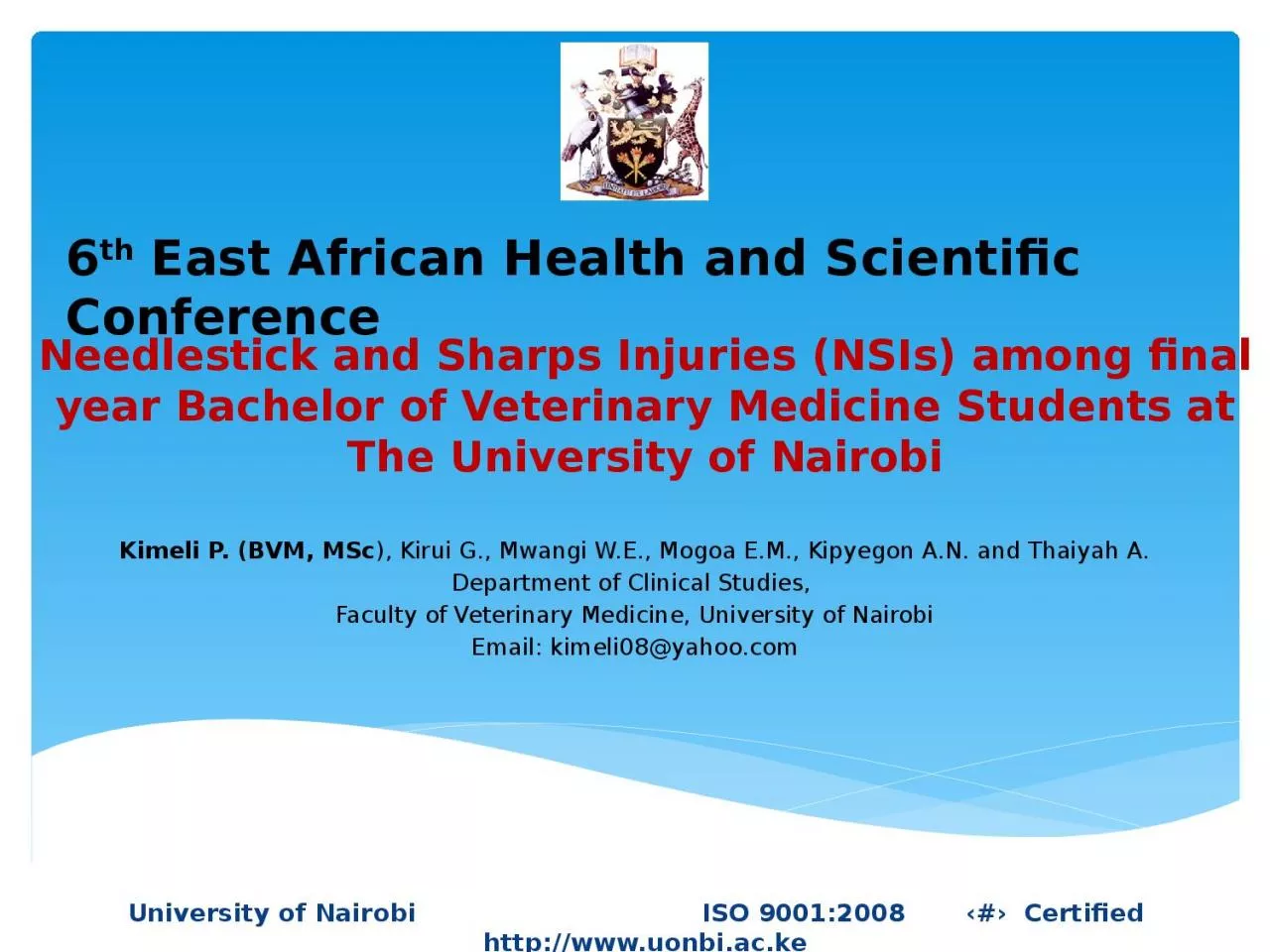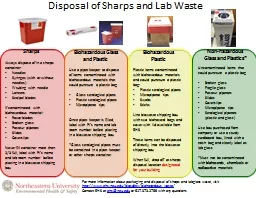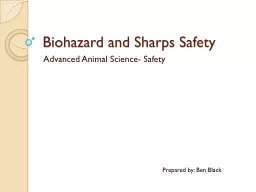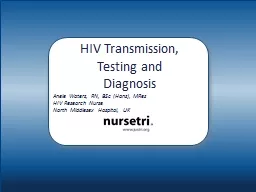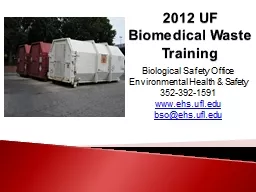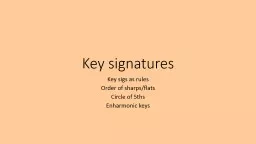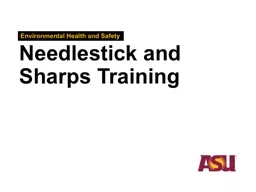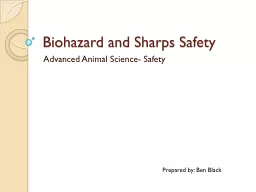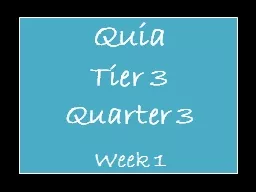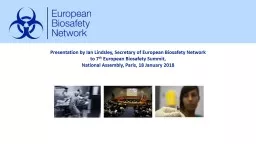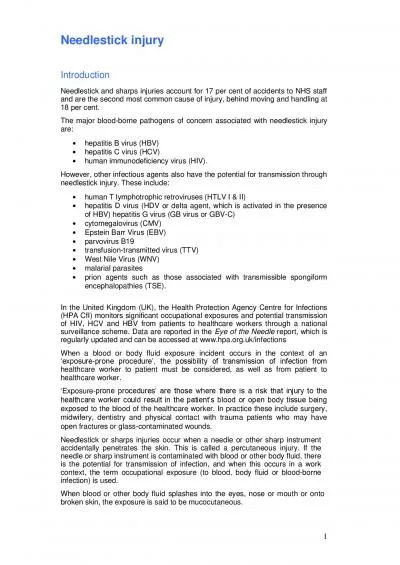PPT-Needlestick and Sharps Injuries
Author : PrincessPeach | Published Date : 2022-08-03
NSIs among final year Bachelor of Veterinary Medicine Students at The University of Nairobi Kimeli P BVM MSc Kirui G Mwangi WE Mogoa EM Kipyegon AN and
Presentation Embed Code
Download Presentation
Download Presentation The PPT/PDF document "Needlestick and Sharps Injuries" is the property of its rightful owner. Permission is granted to download and print the materials on this website for personal, non-commercial use only, and to display it on your personal computer provided you do not modify the materials and that you retain all copyright notices contained in the materials. By downloading content from our website, you accept the terms of this agreement.
Needlestick and Sharps Injuries: Transcript
Download Rules Of Document
"Needlestick and Sharps Injuries"The content belongs to its owner. You may download and print it for personal use, without modification, and keep all copyright notices. By downloading, you agree to these terms.
Related Documents

